Automated Follow Ups: Make the Most Out of Your CRM
by Anas El MhamdiWhile lead generation is important, growth actually rests on people buying your product, not just sitting in your CRM. This article will focus on how to maximize the value you get from your sales people and your CRM by automating follow-ups.
The Problem
At a previous company, many leads would just sit in our ‘follow up’ stage in our CRM for days, even weeks. Research shows that prospects need an average of eight contact attempts before they convert, which meant following up took up to 3 days a week per salesperson.
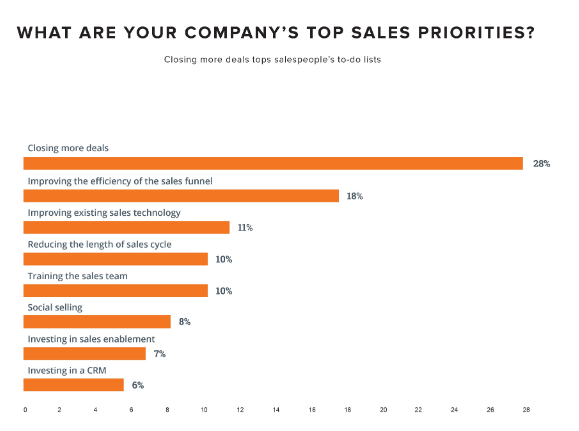
The Results
After implementing the automation system described in this article, we saved around two days of sales time a week. More importantly, we saw a growth in our closing rate of 35% over the course of 3 months. Additionally, we were able to get valuable feedback from prospects who declined our offer.
The Follow-Up Process
The system I implemented sent 3 emails from the sales person inbox. If the prospect didn’t answer by the third email, an automated text message would be sent. If they still didn’t respond, a ringless voicemail would be delivered the same day. If there was no response after all these touchpoints, the prospect would be automatically labeled in the CRM.
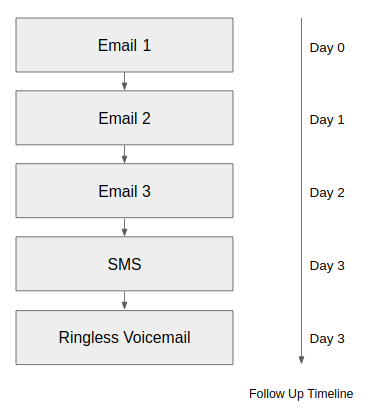
The key is that if a prospect responds at any stage, they exit the automation loop and the sales person takes over the conversation.
Email Content Strategy
The emails should be personalized but simple. Here’s an example of what a first email might look like:
First Email:
Hello [first name],
This is Anas from myCompany where we do xyz,
We've talked about a potential fit between [company name] and myCompany recently, when do you have 10 minutes to talk about the next steps?
AnasFor the second and third emails, I recommend using HTML blockquotes to make them look like genuine replies. This is a crucial detail that makes automated emails appear more authentic.
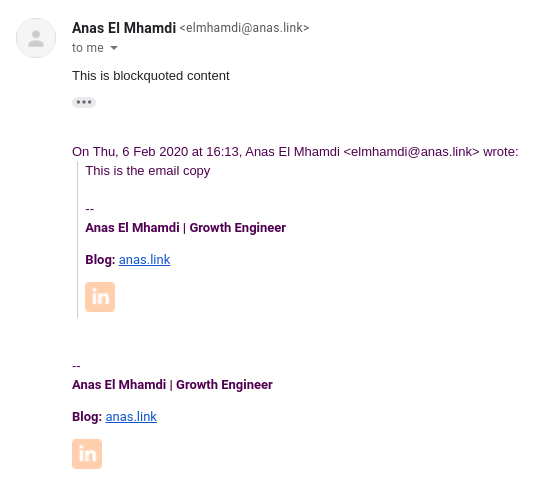
Important: Make sure that the sending hours are randomized. If both your follow up emails are sent at 16:53, all the magic is lost. The prospect will immediately recognize it as an automated sequence.
Additional Contact Channels
Text Message Template
Hello [first name],
I have been trying to get in touch with you by email to talk about the fit between myCompany and [their company].
When would you be available for a quick 10 minutes chat?
AnasVoicemail Strategy
For ringless voicemails, keep the message simple and include:
- Prospect’s name
- Your company reference
- Clear call-to-action
- Your contact information
Pro tip: Record your voicemail while smiling. It genuinely changes the tone and makes you sound more approachable.
Tools You’ll Need
- CRM Platform: Streak, Salesforce, or even Google Sheets
- Automation Platform: Zapier, Integromat, or AWS Lambda
- Communication APIs: Twilio for SMS, Mailing Vox or similar for emails
Implementation: Simple Setup with Zapier
This is the recommended approach for most teams. It’s straightforward and doesn’t require extensive coding knowledge.
Step 1: Get Your Streak API Key
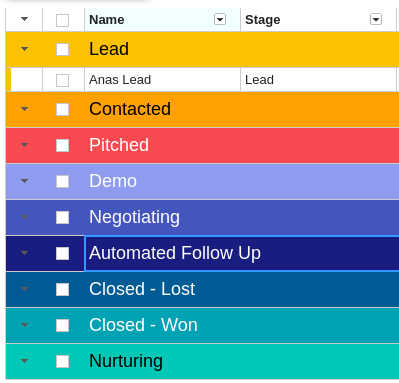
Go to your Streak settings and navigate to the Integrations menu to find your API key.
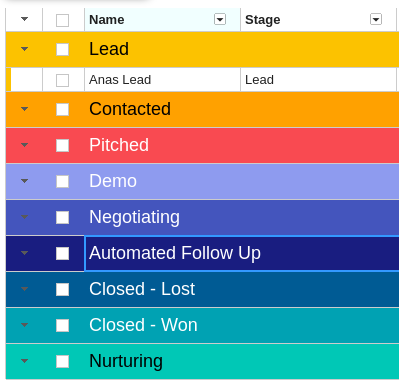
Step 2: Connect Streak to Zapier
In Zapier, create a new Zap and select Streak as your trigger app.
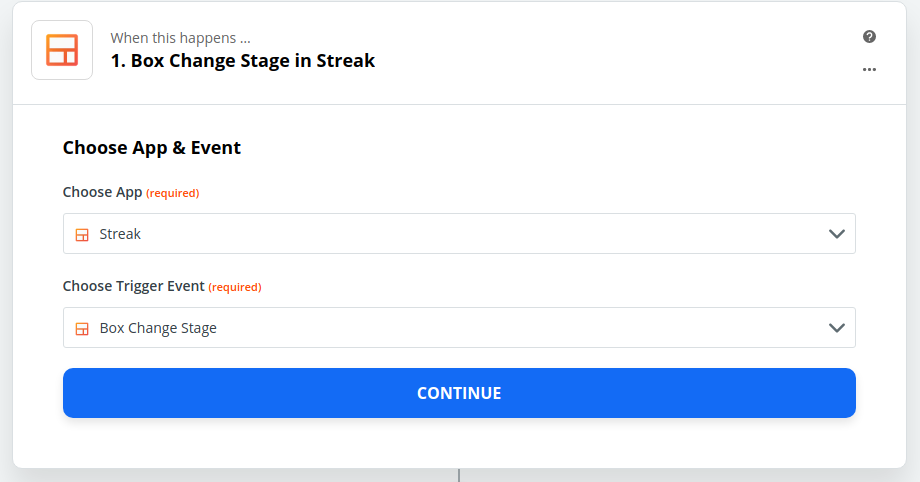
Step 3: Configure the Trigger
Select “Box Change Stage” as your trigger event. This will fire whenever a prospect moves to your “Automated Follow Up” stage.
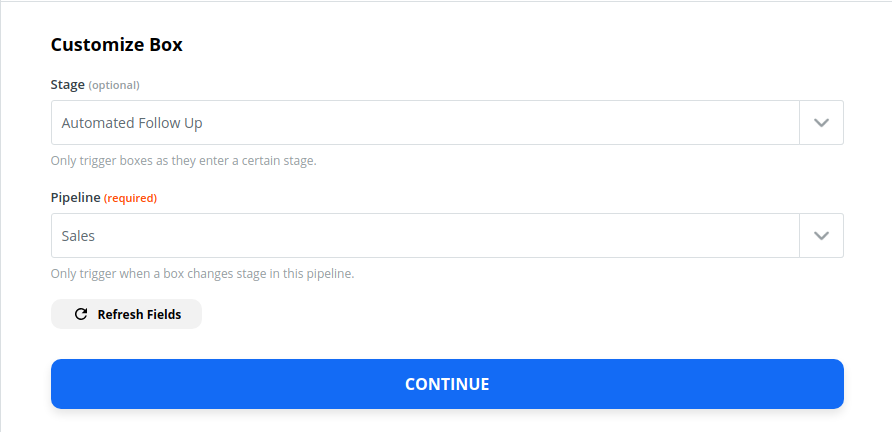
Step 4: Set Up Actions
Choose what happens when the trigger fires. This could be sending an email, SMS, or any other action.
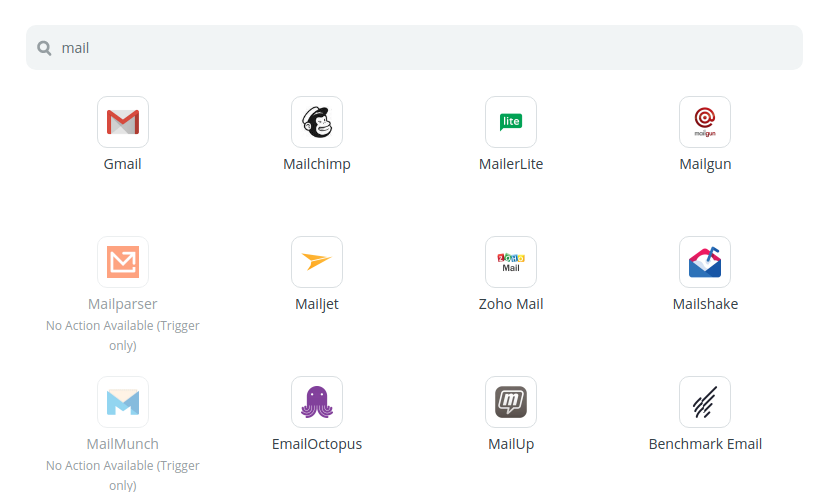
Step 5: Add Delays and Variables
Use Zapier’s Formatter tool to add delays between emails and randomize sending times.
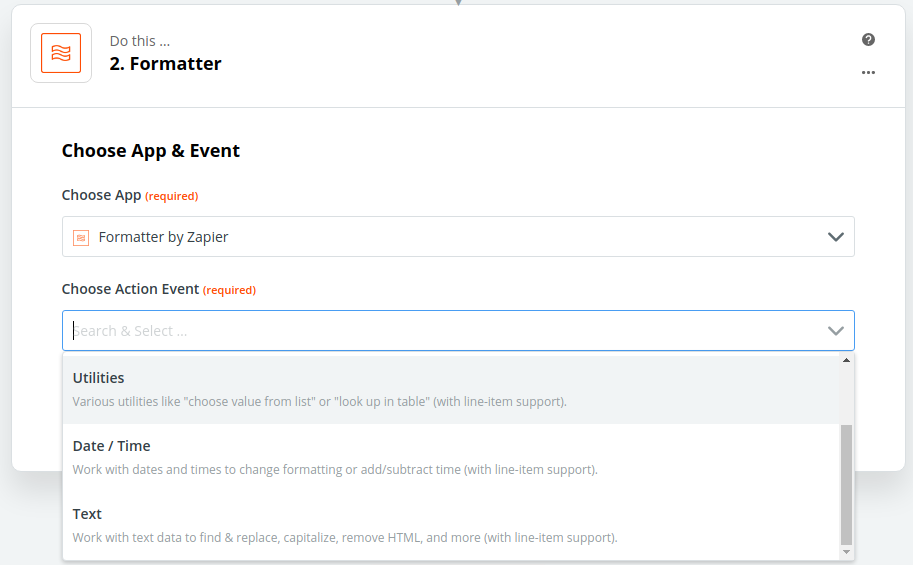
Implementation: Advanced Setup with AWS Lambda
For teams that need more customization and control, AWS Lambda functions offer unlimited flexibility.
Step 1: Create Your Lambda Function

In AWS Lambda, create a new function. Your function must return a response with ‘statusCode’ and ‘body’ keys, with an HTTP 200 status.
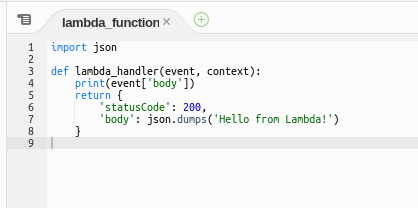
Step 2: Set Up API Trigger
Add an API Gateway trigger to your Lambda function.
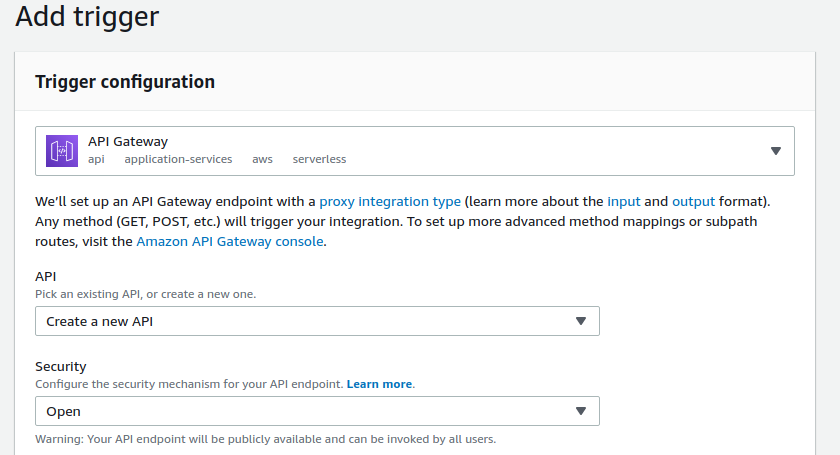
Step 3: Copy the API Endpoint
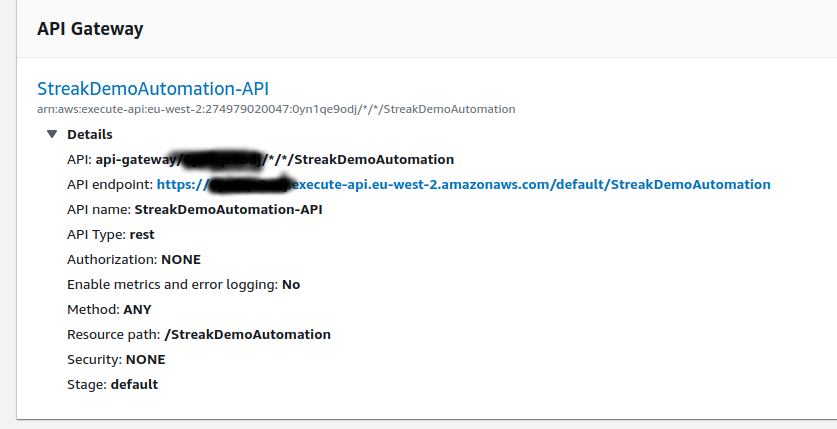
Copy the API endpoint URL that AWS generates. You’ll need this for the Streak webhook.
Step 4: Configure Streak Webhook

In Streak, set up a webhook that points to your Lambda function’s API endpoint. This requires your Streak API key and pipeline key.
Step 5: Test the Integration
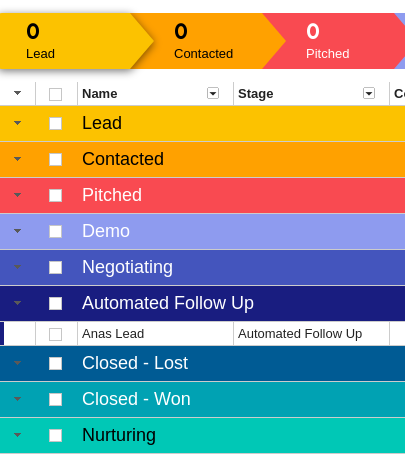
Move a test prospect into your “Automated Follow Up” stage and verify the webhook fires.
Step 6: Monitor with CloudWatch

Use AWS CloudWatch to monitor your Lambda function’s execution and debug any issues.
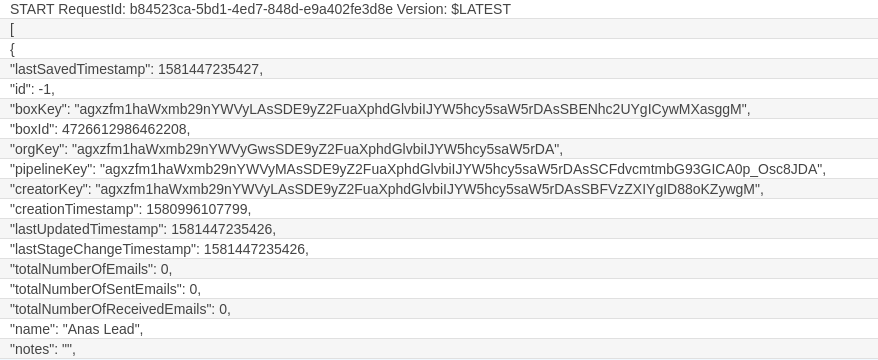
Customization Tips
Different CRM stages can trigger different messaging sequences. For example:
- Missed meetings get one type of follow-up
- Missed calls get another
- Cold leads get a third variation
This allows for highly personalized automation rather than generic templates.
Timeline and Resources
For developers familiar with APIs and coding, this entire system takes less than a week to setup, including iterations with your team. The time investment is absolutely worth it given the returns in sales efficiency and conversion rates.
What’s Next?
Once you have basic follow-up automation working, consider expanding to:
- Lead enrichment automation
- LinkedIn integration for social touchpoints
- Direct mail triggers for high-value prospects
- Multi-channel sequences based on prospect behavior
Conclusion
Implementing automated follow-ups transformed our sales process, saving time and increasing conversions. The key is to maintain authenticity while leveraging automation - randomized timing, personalized content, and multi-channel outreach all contribute to making automated messages feel human.
Whether you choose the simple Zapier approach or the advanced Lambda setup, the important thing is to get started. Your sales team (and your prospects) will thank you.
Feel free to reach out on LinkedIn or via email if you have questions about implementation. Special thanks to everyone who provided feedback on this article.